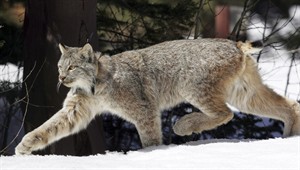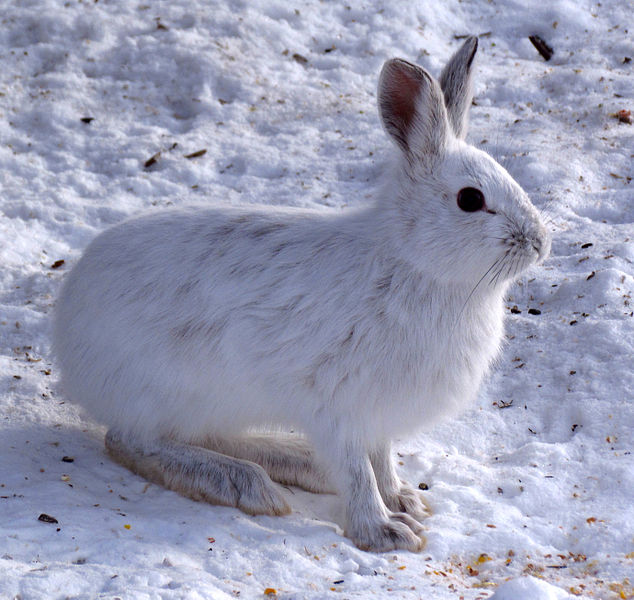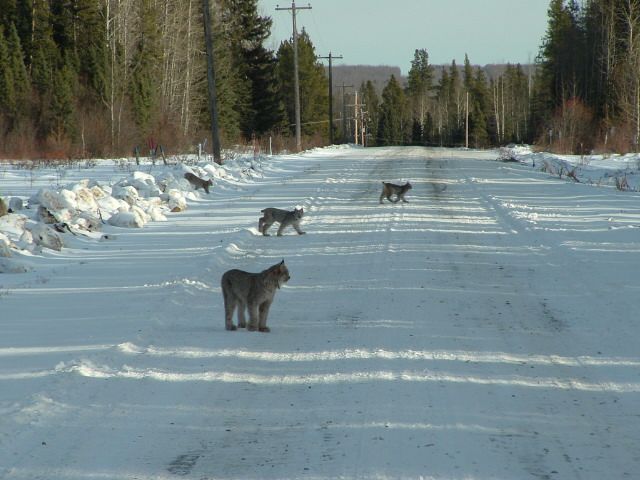 BILLINGS, Mont. – U.S. wildlife officials revealed Monday that they expect to complete a recovery plan for imperilled Canada lynx in early 2018 — almost two decades after the snow-loving wild cats first received federal protections.
BILLINGS, Mont. – U.S. wildlife officials revealed Monday that they expect to complete a recovery plan for imperilled Canada lynx in early 2018 — almost two decades after the snow-loving wild cats first received federal protections.
The U.S. Fish and Wildlife Service laid out that timetable in court documents filed as part of a federal lawsuit in Montana brought by environmentalists unhappy with prior delays.
Lynx were designated a federally protected threatened species in 2000. Since then, federal officials have repeatedly missed their own deadlines to start work on a plan to help the animals. Officials have blamed budget limitations, other species that took priority and lawsuits that challenged the government’s designation of critical habitat for the animals.
In the Lower 48 states, lynx are rarely seen across a 14-state range that includes portions of the Northeast, the Rocky Mountains, the Great Lakes and the Cascade Range of Washington and Oregon. There is no reliable estimate of its population size.
U.S. District Judge Donald Molloy last month expressed frustration with the government’s progress on the recovery document and gave officials 30 days to craft a schedule. He said the “stutter-step” approach taken to date by the agency necessitated court intervention.
The lawsuit was brought last year by Friends of the Wild Swan, Rocky Mountain Wild, Biodiversity Conservation Alliance and the San Juan Citizens Alliance. They have argued that the government should be pushing ahead on the habitat and recovery issues simultaneously to keep the lynx from edging closer to extinction.
The groups’ attorney, Matthew Bishop, on Monday criticized the latest schedule offered by the government.
“Asking for nearly four additional years to complete a long overdue recovery plan — without any interim deadlines for completing a draft plan or updates to ensure progress is being made — seems unreasonable to me,” Bishop said.
In a written declaration filed with the court, a senior federal wildlife official said the additional time is needed because of budget constraints and staffing issues.
Complicating the work is the lynx’s huge range and the uncertain role that climate change could play in its survival, said Michael Thabault, assistant regional director for the Fish and Wildlife Service.
“The scale, scope and complexity of this plan factor in our proposed timeline,” Thabault said.
A response from the plaintiffs in the case is due in 15 days.

